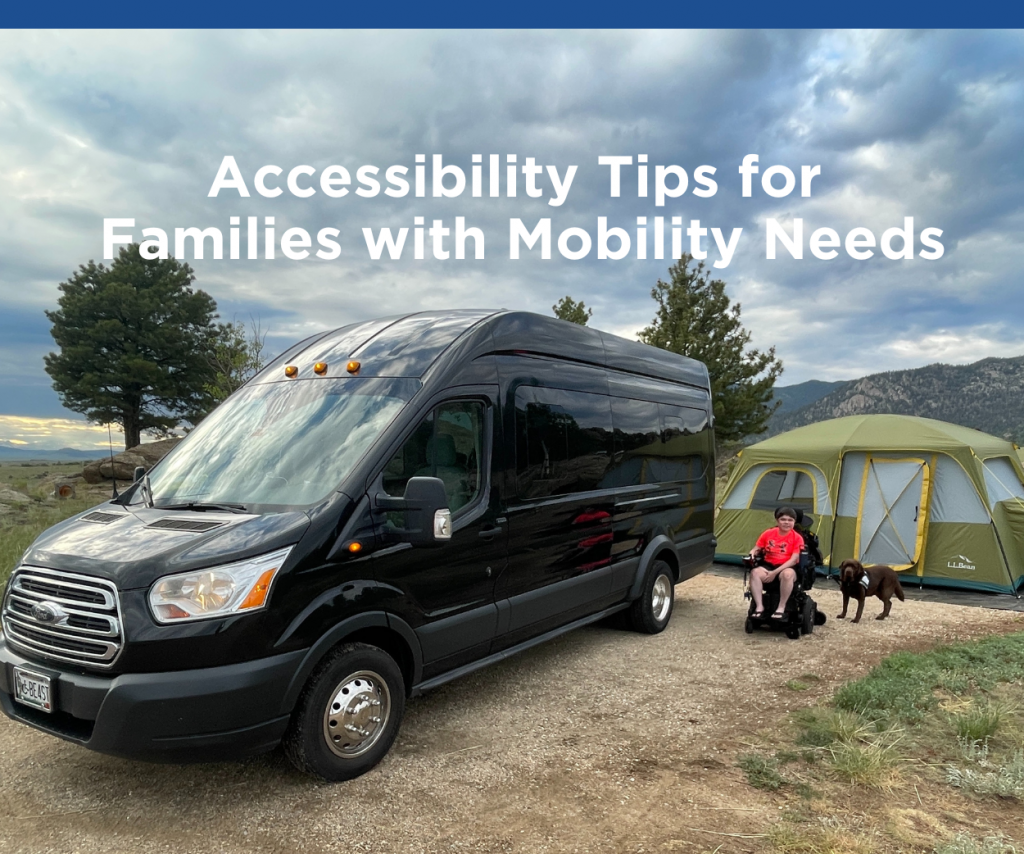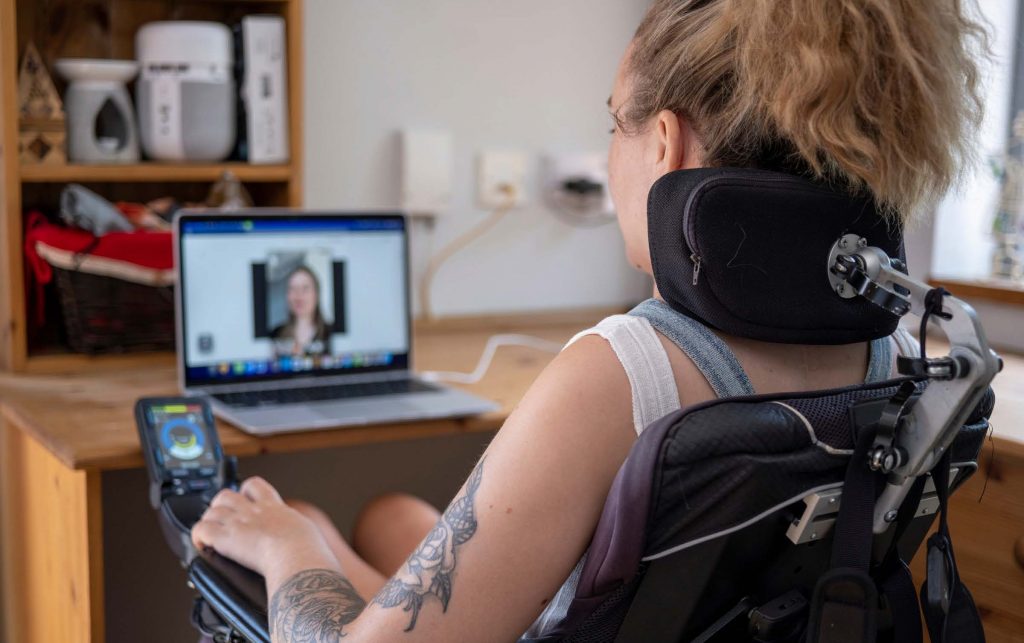Streamlining the CRT New Equipment Process
How the University of Texas Southwestern Medical Center is working to create a new model to ease the stress of the new equipment process

For complex rehabilitation technology (CRT) users, navigating the process of getting new equipment can sometimes be confusing, frustrating and often time-consuming.
But Dr. Anjali Shah and her team at the University of Texas Southwestern (UTSW) Medical Center’s Wheelchair Seating and Mobility Clinic are working to create a new equipment evaluation model that streamlines the process and creates greater efficiency for CRT users as well as their care team.
Dr. Shah, who serves as the director of the UTSW clinic, likes to describe the clinic as “a little village with shops along the way,” in which everyone—from referrals to scheduling and delivery—“has a specific role to keep the new equipment process moving efficiently.”
“We know that this process has multiple steps and if one process is delayed, everything can get backed up,” Dr. Shah says. “So, we’ve sought to create a very efficient model where we get everything we need as quickly as we need it.”
In the traditional evaluation model, patients see a physician who determines their need for mobility equipment. Next, patients work with an occupational or physical therapist and an Assistive Technology Professional (ATP) to evaluate their specific needs and design a mobility solution that fits those needs. This is then submitted to insurance for approval. And there are plenty of opportunities to create greater efficiency, according to Dr. Shah. She and her team have taken a number of steps to streamline that process for their patients, including:
- UTSW is a physician-run clinic. UTSW’s clinic is staffed with ATPs, therapists, nurse practitioners, but as a Physical Medicine & Rehabilitation physician Dr. Shah is certified and permitted by the Centers for Medicare and Medicaid Services (CMS) to perform an evaluation by herself, without a therapist, alongside the ATP. In addition to the Physician/ATP model, Patricia Gordon, APRN, FNP-BC, the nurse practitioner who works with Dr. Shah, also performs wheelchair evaluations alongside a therapist and ATP.
- UTSW uses linked appointments and shared medical records to create a “one-stop-shop” experience. The UTSW scheduling team includes in-house occupational and physical therapists, and appointments are scheduled so that patients can meet with their therapists on the same day as their evaluation with Patricia Gordon, with their ATP participating in both appointments. Shared electronic medical records follow patients from one appointment to the next—so doctors, therapists and others are all working from the same information. At the end of the day, the care team meets to discuss each patient, giving practitioners a chance to ask questions and compare notes.
- UTSW keeps track of where patients are in the process. Realizing that paperwork sent between the clinic, insurance provider and vendor after an evaluation can create delays, Dr. Shah and her staff instituted a stringent tracking system. Clinic staffers note when paperwork is received, when it’s sent out and how long each step takes. This not only helps UTSW keep patients informed about where they are in the process, but also provides metrics that help identify areas for improvement. Dr. Shah routinely meets with vendor leadership teams to identify trends and talk through ideas to improve the process.
- UTSW keeps communication lines open. Both UTSW and the vendors they work with appoint specific people to support each ATP. These teams meet virtually once a week to check on progress, which helps ensure details don’t fall through the cracks.
While the traditional model still works, Dr. Shah hopes clinics continue to look for new and different ways to make the new equipment process less confusing and time-consuming for CRT users. The key, she says, is clear communication and keeping patients’ needs in the forefront.
“At our clinic, patients can knock out all the necessary evaluation appointments in one visit,” Dr. Shah says. “That’s a big time- and money-saver for CRT users. Plus, they don’t have to deal with the hassle of finding a therapist and our checks-and-balances system helps to keep patients informed.”
To learn more about UTSW’s Wheelchair Seating and Mobility Clinic, click here.
Related Articles
Camping Made Possible
Depending on what climate you live in, late fall to early spring can be the perfect time to squeeze in a camping trip, and the…
Back to School with Confidence
Navigating the Transition from Summer to School for CRT Users It’s back-to-school season, and the transition from a relaxed summer schedule to the more structured…
CRT Repair: Resolution, Repair & the Heart of the Matter
The Mobility Management podcast interview sheds light on the multifaceted challenges and urgent need for reforms in the repair and maintenance of Complex Rehab Technology…


